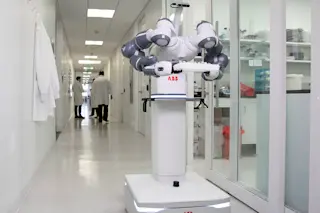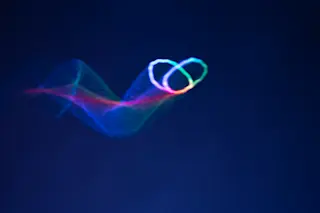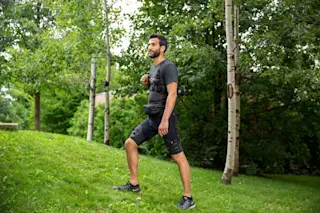Ever get the feeling you've left the oven on? William Warren had that feeling a couple of years ago, and he was right. Someone in his semiconductor research group at Sandia National Laboratories had accidentally kept an experimental capacitor--a type of component in an electric circuit--roasting too long in the lab. When they rescued it, the group decided to run some tests just for the heck of it. When they exposed the capacitor to a positive voltage, its electrical properties were just as they had expected. But when they reversed polarity and exposed the chip to a negative voltage, it behaved rather strangely. What's more, the component continued behaving strangely even after they turned the voltage off. Stranger still, they could undo the change by reversing the voltage once again.
What happened? Apparently, the unorthodox heating had freed protons to move around within the capacitor. The positive voltage nudged these ...














